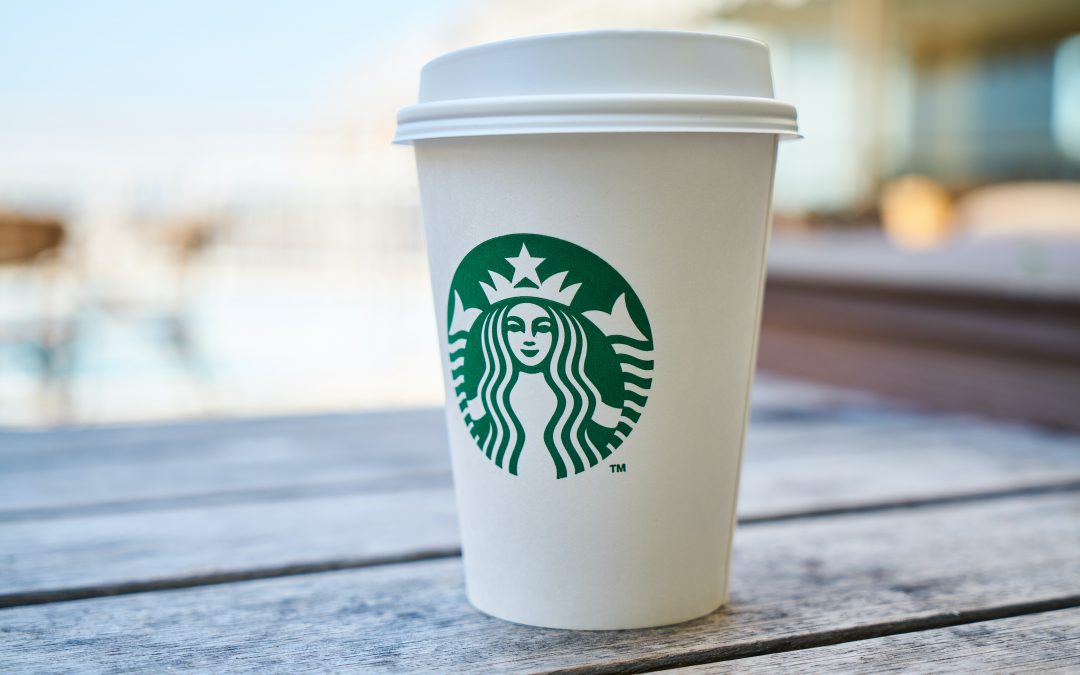Why is brand identity important in business?
In 2019, statistics showed that there were approximately 25,000 coffee shops across the UK. It is estimated that the number of coffee outlets in the same year in London was 3,725, and it appears to be increasing markedly in the recent years.
However, despite the wide variety of options, if you ask an average young Londoner what the first coffee shop that comes to mind is, the answer will most likely be: Starbucks.

Among the thousands of different coffee companies in the UK, Starbucks seems to resonate and be well known to the majority of the population.
Regardless of the price.
Regardless of quality.
Regardless of the service.
A large percentage of the British population seems to be aware of the existence of the Hipster coffee shop chain. Even if you’ve never had an iced coffee or Frappuccino at any of their outlets.
Ignoring the slightly overpriced products, Starbucks devised a striking brand strategy that establishes a clear identity, target market, and values.
Many people would agree that the quality of the coffee in the American coffee franchise might not be outstanding. However, the experience of having a coffee while working on your laptop on the top floor of the Covent Garden branch seems to outweigh the quality or price of the product.
The difference with a local coffee shop is that, even before entering the Starbucks building, you already know the products, the environment, the values – the identity.
Having a strong identity allows business to stand out and attract costumers who are looking for a particular experience. Even if the product is not ideal, costumers will be familiar with the brand and will likely want to be part of the identity that the business promotes.
Statistics show how British tourists traveling to Asia are more likely to spend their money on a well-known brand like McDonalds or KFC, rather than exploring new local options.
This phenomenon may be explained as a consequence of the difficulties of the language or uncertainty of unknown products, and most importantly, the lack of trust. McDonalds is a trusted company for most Western countries.
The experience, product and service when ordering a Big Mac in London is almost identical to ordering it in Bangkok, Thailand.
How to develop a branding strategy
With just three black lines on a white background, we can easily identify Nike’s ‘Swoosh’, one of the most recognisable and admired logos in history, worth $26 billion alone.
Although it looks like a simple logo at first glance, the American sportswear designer and retailer created the logo attempting to convey movement in its design.
The logo symbolises the sound of speed, movement, power and motivation -which repre the identity of the brand.
The meaning of the Nike logo is the result of long-term, multi-million dollar branding efforts. This brand represents transcendence through sport. It carries decades of basketball heroism, urban hip-hop attitude and more.
Nike’s identity is what makes the brand stand out from the crowd. It is what makes it unique.
Branding is the process of defining and building the business brand through the planned management of all the graphic, communication and positioning processes that are carried out.
Identity goes beyond the business model, product or service: it encompasses the symbol and spirit of the company. Through the brand, users perceive a valid image in terms of quality, reliability and uniqueness.
Visual elements and colours play a crucial role in the branding process.
Colours like red or yellow convey an energetic, playful, warm, exciting and positive message, while dark colours like black communicate luxury, purity, strength and power.
During the branding process process, it important to think about:
- The messaging behind your logo
- How your brand tells people what you do
- Your visions and values
- Your story
- The tone of voice of your brand (think about your target audience and how best to communicate with them)
- Your style (think about how you want your website, social media and marketing materials to look and ensure they can all link in terms of design and feel)
Nielsen Media Research lists more than 500,000 brands worldwide in more than 2,000 product categories. Therefore, having an exceptional brand strategy is key for your business to unleash its full potential and stand out from the crowd.
Eduardo Zamorano

